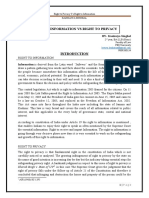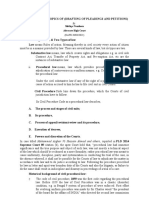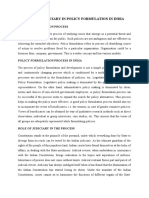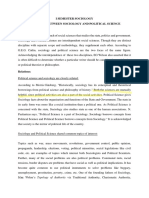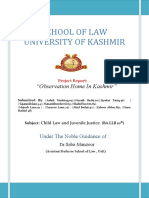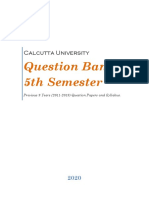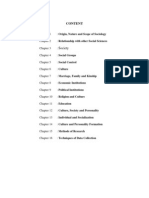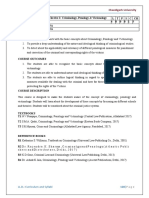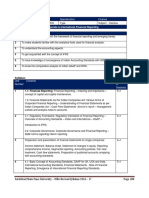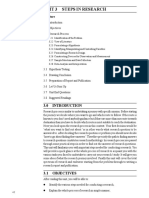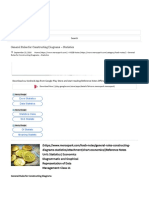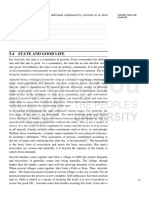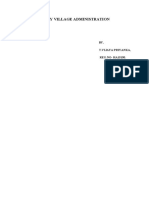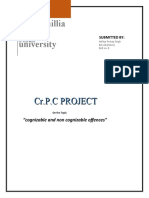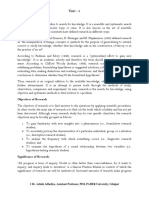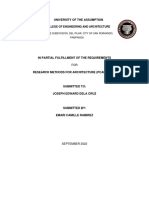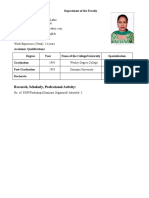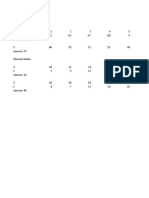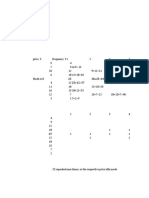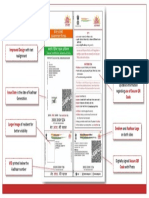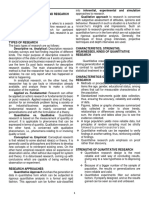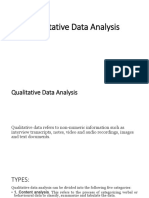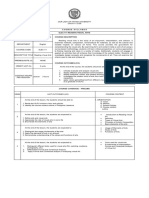0% found this document useful (0 votes)
1K views15 pagesDefine Statistics, Scope, Importance and Distrust of Statistics Meaning and Scope of Statistics
Statistics is the collection, analysis, and presentation of numerical data. It provides tools to predict economic trends and is useful for academics, governments, and businesses. There are two main methods for collecting data: primary and secondary. Primary methods involve directly gathering original data through surveys, interviews, and experiments, while secondary methods use previously collected data from internal/external sources like reports and journals. Common primary quantitative methods include time series analysis, smoothing techniques, and barometric approaches, while qualitative methods include surveys, interviews, focus groups, and questionnaires. Secondary data is easily available but lacks verification.
Uploaded by
NIMMANAGANTI RAMAKRISHNACopyright
© © All Rights Reserved
We take content rights seriously. If you suspect this is your content, claim it here.
Available Formats
Download as DOCX, PDF, TXT or read online on Scribd
0% found this document useful (0 votes)
1K views15 pagesDefine Statistics, Scope, Importance and Distrust of Statistics Meaning and Scope of Statistics
Statistics is the collection, analysis, and presentation of numerical data. It provides tools to predict economic trends and is useful for academics, governments, and businesses. There are two main methods for collecting data: primary and secondary. Primary methods involve directly gathering original data through surveys, interviews, and experiments, while secondary methods use previously collected data from internal/external sources like reports and journals. Common primary quantitative methods include time series analysis, smoothing techniques, and barometric approaches, while qualitative methods include surveys, interviews, focus groups, and questionnaires. Secondary data is easily available but lacks verification.
Uploaded by
NIMMANAGANTI RAMAKRISHNACopyright
© © All Rights Reserved
We take content rights seriously. If you suspect this is your content, claim it here.
Available Formats
Download as DOCX, PDF, TXT or read online on Scribd
/ 15
